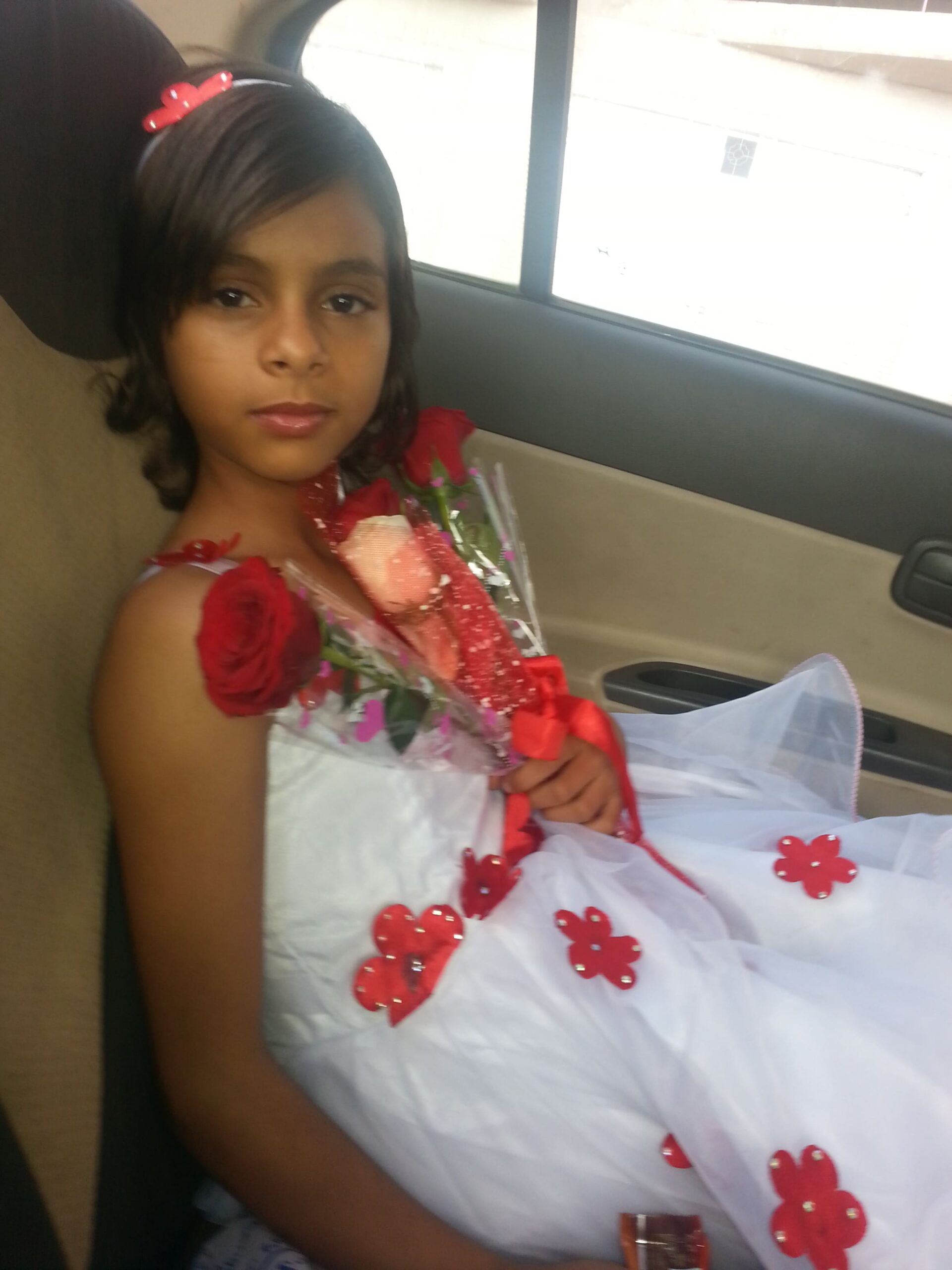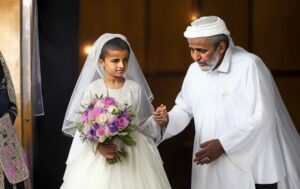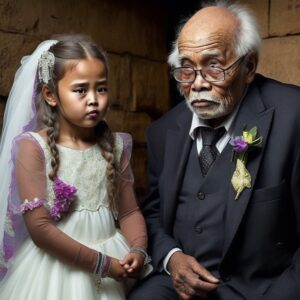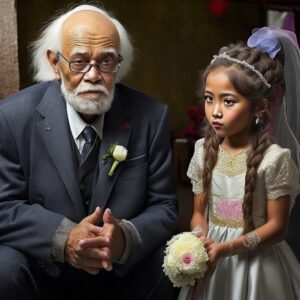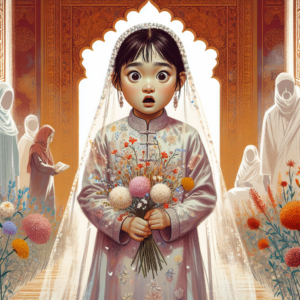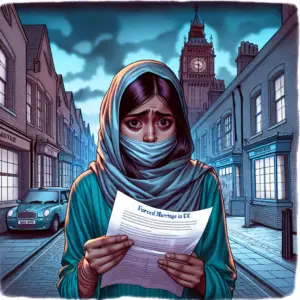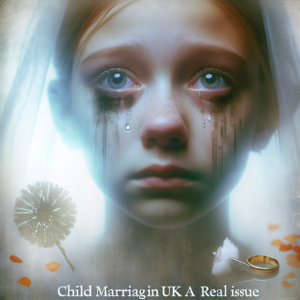The Devastating Consequences of Child Marriage: Breaking the Cycle
Child marriage has been a persistent issue around the world for centuries, and despite efforts to eradicate this harmful practice, it still prevails in many countries, impacting the lives of millions of children. Although child marriage affects both boys and girls, the majority of victims are young girls who face severe consequences that hinder their physical, mental, and emotional development. This article will explore the devastating consequences of child marriage and shed light on efforts being made to break the cycle.
What is Child Marriage?
Child marriage refers to a formal or informal union where one or both parties involved are under the age of 18. This practice violates the basic rights of children, including their right to education, health, and protection from exploitation. It is often driven by cultural, economic, and social factors, including gender inequality, poverty, limited access to education, and traditional beliefs surrounding family honor, dowry, and societal expectations.
The Devastating Consequences:
1. Health Risks:
Early and forced marriages lead to severe health risks for young girls. Physically immature, they are more susceptible to complications during pregnancy and childbirth. Adolescent mothers face higher rates of maternal mortality, premature births, and babies with low birth weights. Additionally, limited access to sexual and reproductive health services increases the risk of sexually transmitted infections and potential lifelong reproductive health issues.
2. Education Disruption:
Child marriage disrupts the education of young girls, trapping them in a cycle of poverty. The burden of household responsibilities, pregnancy, and early motherhood often leads to the discontinuation of education. Lack of education perpetuates their vulnerability to poverty, limited employment opportunities, and dependence on husbands or extended families.
3. Economic Implications:
Child marriage perpetuates a cycle of poverty, often forcing young girls into dependence on their husbands or extended families. Married off at an early age, these girls are denied the chance to acquire skills, gain financial independence, and contribute to their societies. The economic consequences extend to their families and communities, as they miss out on the potential benefits of young women’s contributions to development.
4. Psychological Trauma:
Child marriage subjects young girls to tremendous psychological trauma. Being forced into a marital relationship at a tender age disrupts their emotional and mental growth. They often suffer from depression, anxiety, and post-traumatic stress disorders. Early marriage denies them the chance to explore their individuality, make independent choices, and enjoy the freedoms that childhood and adolescence bring.
Breaking the Cycle:
Recognizing the devastating consequences of child marriage, efforts are being made globally to break this harmful cycle and protect the rights of children.
1. Legislative Reforms:
Governments around the world are enacting legislation to raise the legal age of marriage, ensuring better protection for children. However, implementing and enforcing these laws remain a challenge in many regions due to deeply ingrained cultural practices and societal norms.
2. Education and Awareness:
Promoting access to quality education for children, especially girls, is vital in preventing child marriage. Educating communities on the consequences of child marriage and empowering girls with knowledge and skills strengthens their resilience against this practice.
3. Economic Empowerment:
Empowering girls economically through vocational training, skill-building, and income-generating activities reduces their vulnerability and enhances their decision-making power. Enabling financial independence helps break the cycle of poverty that often drives child marriage.
4. Engaging Communities and Changing Social Norms:
Engaging community leaders, religious leaders, and influencers plays a crucial role in changing traditional norms and behaviors that perpetuate child marriage. By highlighting the advantages of delaying marriage and promoting gender equality, communities can work collectively towards preventing child marriage.
FAQs:
Q: How prevalent is child marriage?
A: Child marriage is prevalent in many regions, with an estimated 12 million girls married off before the age of 18 each year.
Q: Which countries have the highest rates of child marriage?
A: Countries with the highest rates of child marriage include Niger, Bangladesh, Central African Republic, Chad, and Mali.
Q: Why is child marriage predominantly a problem for girls?
A: Gender inequality, patriarchal norms, and traditional practices that undervalue the rights and well-being of girls perpetuate child marriage.
Q: What are the long-term consequences of child marriage?
A: Long-term consequences include limited education and employment opportunities, lifelong health complications, increased poverty, and perpetuation of harmful gender norms.
Q: How can individuals contribute to ending child marriage?
A: Individuals can contribute by supporting organizations working to end child marriage, raising awareness, advocating for legislative reforms, and promoting education and empowerment for girls.
Conclusion:
Child marriage has devastating consequences for the lives and futures of millions of children, particularly girls. By addressing the root causes, such as poverty, gender inequality, and lack of access to education, we can break this harmful cycle. Through legislation, education, economic empowerment, and community engagement, we can protect the rights of children, ensure their well-being, and promote their active participation in building a better world. It is only through collective efforts that we can break the cycle of child marriage and offer hope for a brighter future.



